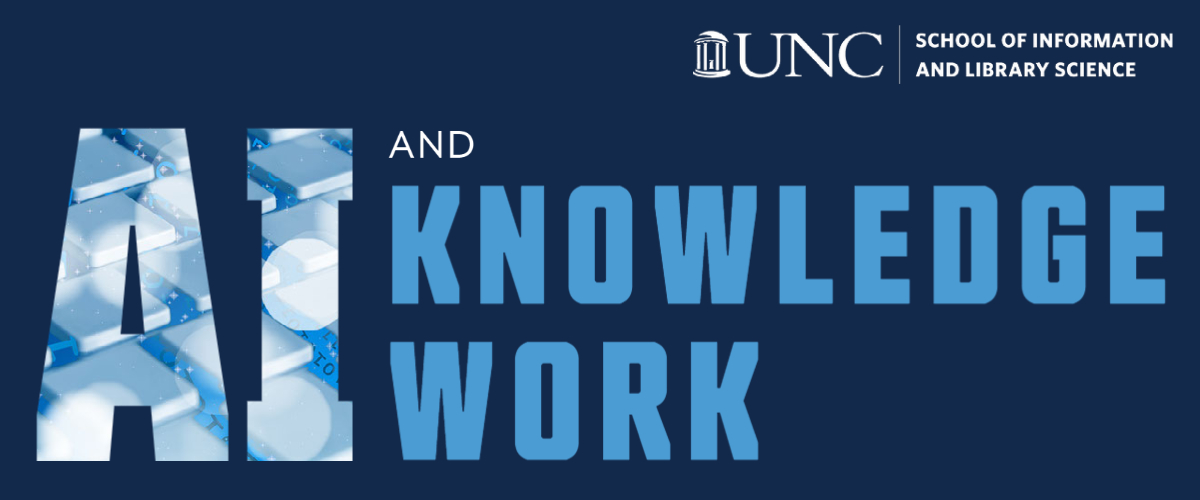For years the field of publication evolves with adapting new technologies of offloading repetitive works like screening through scripts, such that the editors could put more focus on the content.
Systems Involved
Turnitin, Manuscript Central (ScholarOne), DataVerse, Curating for Reproducibility (https://cure.web.unc.edu/)
Ancillary systems for authors, editors, editors: Grammarly, ResearchGate, Google Scholar
Technologies involved
Search engine, NLP and ML, Topic summarization
How the workflow is changed
Having machines scanning papers reduces time and effort for editors of the journal during the scoping step in assessing submission fit, basic statistical analyses like word counts, culturally inappropriate terms, and citation accuracy can give editors quick assessment data for making certain including/excluding decisions before sending for review. Repetition detection would prevent potential plagiarism and self-plagiarism. Editors now no longer rely solely on their memories of readings in a particular field and are opened to more opportunities in interdisciplinary topics and can in turn protect valuable reviewer time with more informed desk rejection decisions. Manuscript management systems also helps automate reviewer selection, communication, and editor-author interactions. Some include simple assessments for reviewer quality control.
Benefit and Challenges
An automatic process of screening papers offloads burdens for editors who would otherwise review hundreds more papers. However, such process also introduces strict rules that sometimes might exclude highly relevant papers even it is not deemed as such by algorithms. As a result, implementing this method require delicate analysis of criterion such that the screening result could reach a balance between accurate and inclusive. Issues of how the automated results are used
